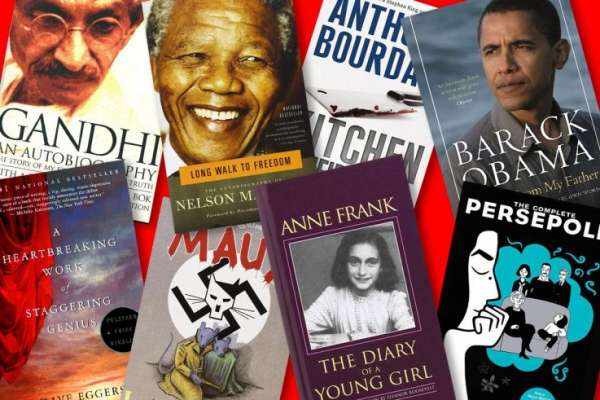
Cultural Differences Around the World
Introduction
The world is a beautifully diverse place, with each corner of the globe offering a unique tapestry of cultures, traditions, and customs. These differences not only enrich our global tapestry but also provide us with valuable insights into the way people perceive the world around them. In this blog, we will take a journey around the world to explore some fascinating cultural differences that make our planet so captivating.
- Greetings and Respect
One of the most apparent cultural differences is the way people greet each other. In Japan, bowing is a common greeting that signifies respect. In contrast, a firm handshake is a customary greeting in many Western countries, such as the United States. In some Middle Eastern countries, people may touch their heart or chest as a sign of respect and sincerity when greeting others.
- Dining Etiquette
Dining customs vary greatly around the world. For instance, in China, it's common to slurp noodles or make noise while eating to show appreciation for the meal. However, in many Western cultures, such behavior is considered impolite. Meanwhile, in India, it's customary to eat with your right hand and not your left, which is seen as unclean.
- Concept of Time
The concept of time differs from culture to culture. In some Western cultures, punctuality is highly valued, and being on time for appointments is a sign of respect. In contrast, in many African and Latin American cultures, time is often viewed more flexibly, and being a bit late is not considered rude.
- Personal Space
The notion of personal space is another intriguing cultural difference. In some countries like the United States and Canada, people value their personal space and tend to keep a comfortable distance when talking to others. In contrast, in countries like Japan, personal space may be much smaller, and people stand closer when conversing.
- Communication Styles
The way people communicate can vary significantly. In some cultures, like the Dutch, people are known for being direct and to the point in their communication. However, in many Asian cultures, particularly Japan, indirect communication and reading between the lines are more common.
- Festivals and Celebrations
Every culture has its own set of festivals and celebrations that are deeply rooted in their history and traditions. For instance, Diwali in India, the Carnival in Brazil, and the Day of the Dead in Mexico are all rich and vibrant cultural celebrations that offer unique insights into the beliefs and values of these societies.
- Clothing and Dress Codes
What people wear is often a reflection of their cultural norms and values. In Saudi Arabia, for example, people are expected to dress modestly, with women covering their entire body. In contrast, in many Western countries, there is more freedom in clothing choices, and individuals can express themselves through their fashion.
Conclusion
Cultural differences are what make the world such a fascinating and diverse place. As we explore and understand these differences, we gain a deeper appreciation for the richness of our global community. Rather than viewing these distinctions as obstacles, we should celebrate them as opportunities to learn, grow, and connect with people from around the world. Embracing cultural diversity allows us to foster understanding, respect, and a more harmonious world.
Comment
Nouha Chelbabi
I really like the topic of the blog , very good work❤️✨
Rania Oukil
l learned new informations from this interesting blog, thank you.
Dina Belkacem
i love this blog I learn lots of things
Imene Tachabount
I really like the topic of the blog , very good work .















